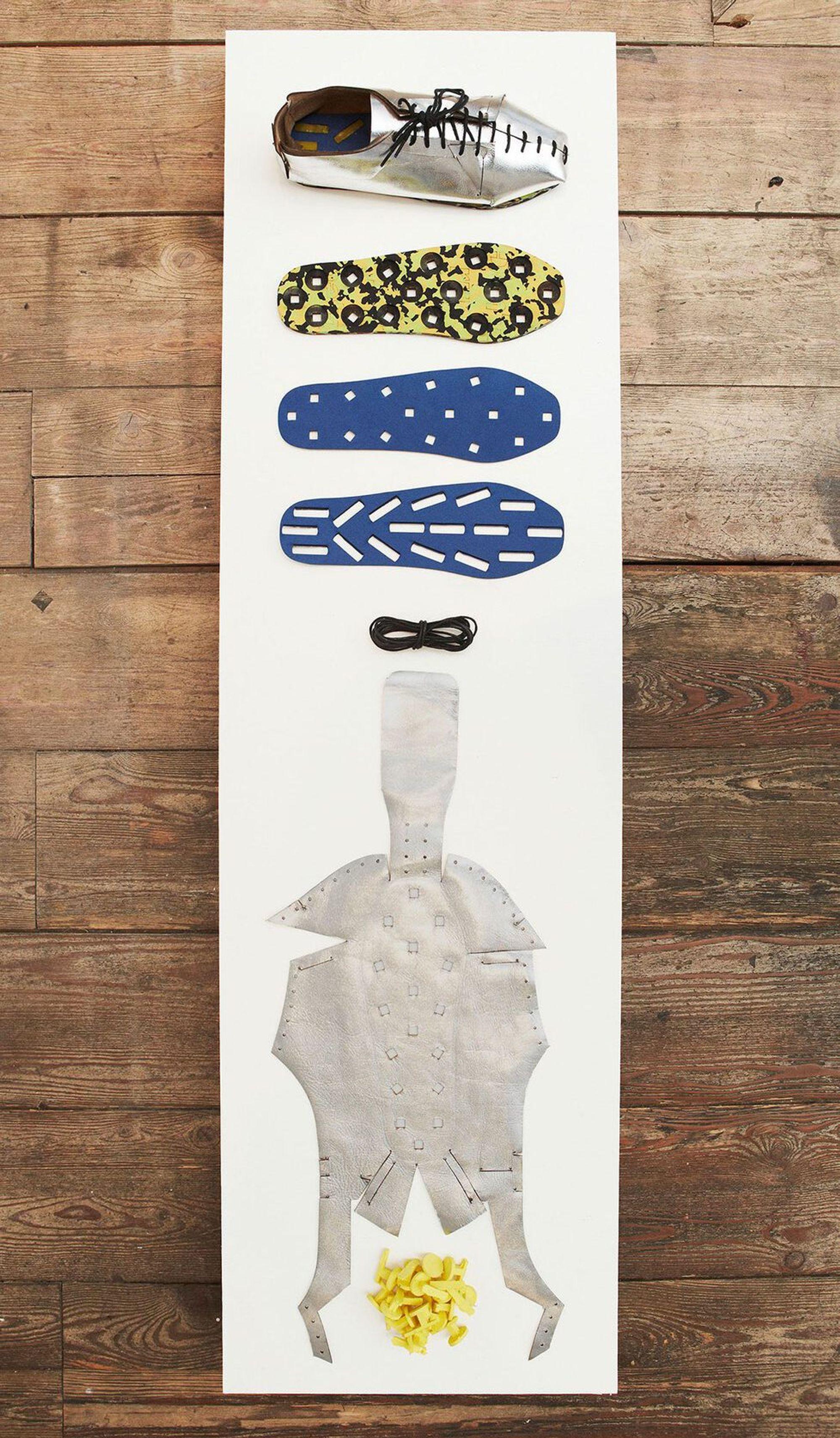In today’s globalized world, what does it mean to make decisions for the exclusive benefit of ourselves? What are the implications for society and its future? And is it possible to think of our agency “globally”? The exhibition is dedicated to the worldwide consequences and interconnections of individual and societal actions. At the same, it shows possibilities for the shaping of a shared and sustainable future.
05.03.23 —
11.06.23
„I make the world as I like“ sings Astrid Lindgren’s children’s book character Pippi Longstocking full of joy. But what does it mean when we only act the way we want to? What consequences does it have for yourself but also for society and its future? And can we use our agency differently, and thus reorganize the world?
The exhibition „We, the Future! Agency in a Globalised World“ addresses these worldwide implications of our individual and societal actions. Various topics will illuminate the causes and effects between human agency and the world. Focusing on various subjects such as tourism, climate change, migration, and knowledge production, the exhibition provides insights into the aftereffects of a lifestyle that is based on the idea of unlimited growth. This concept of growth refers to the amplification of human efficiency, geographic territories, natural and synthetic resources, knowledge, and money. It is determined by the persistent late capitalism of our time, which in turn is characterized by centralization of capital, monopolization, and social conflicts.
The aim of the exhibition is not to represent these topics in their entirety, instead each complex will be presented by an exemplary artwork. The latter creates visibilities for both the topic’s „invisible“ outcomes within a Western, growth-oriented society and its implications for other cultures and regions in the world. Moreover, some of the artworks offer practical answers for a future-oriented and equitable world after late capitalism.
In his short story “A Sound of Thunder” published in 1952, Ray Bradbury was the first to describe the „Butterfly Effect,“ demonstrating how an individual action can have major future societal consequences. In the same way, the exhibition „We, the Future! Agency in a Globalised World“ attempts to increase the awareness on the power of agency and how it can determine not only our life but the world, whilst presenting sustainable solutions for a global democratic future.
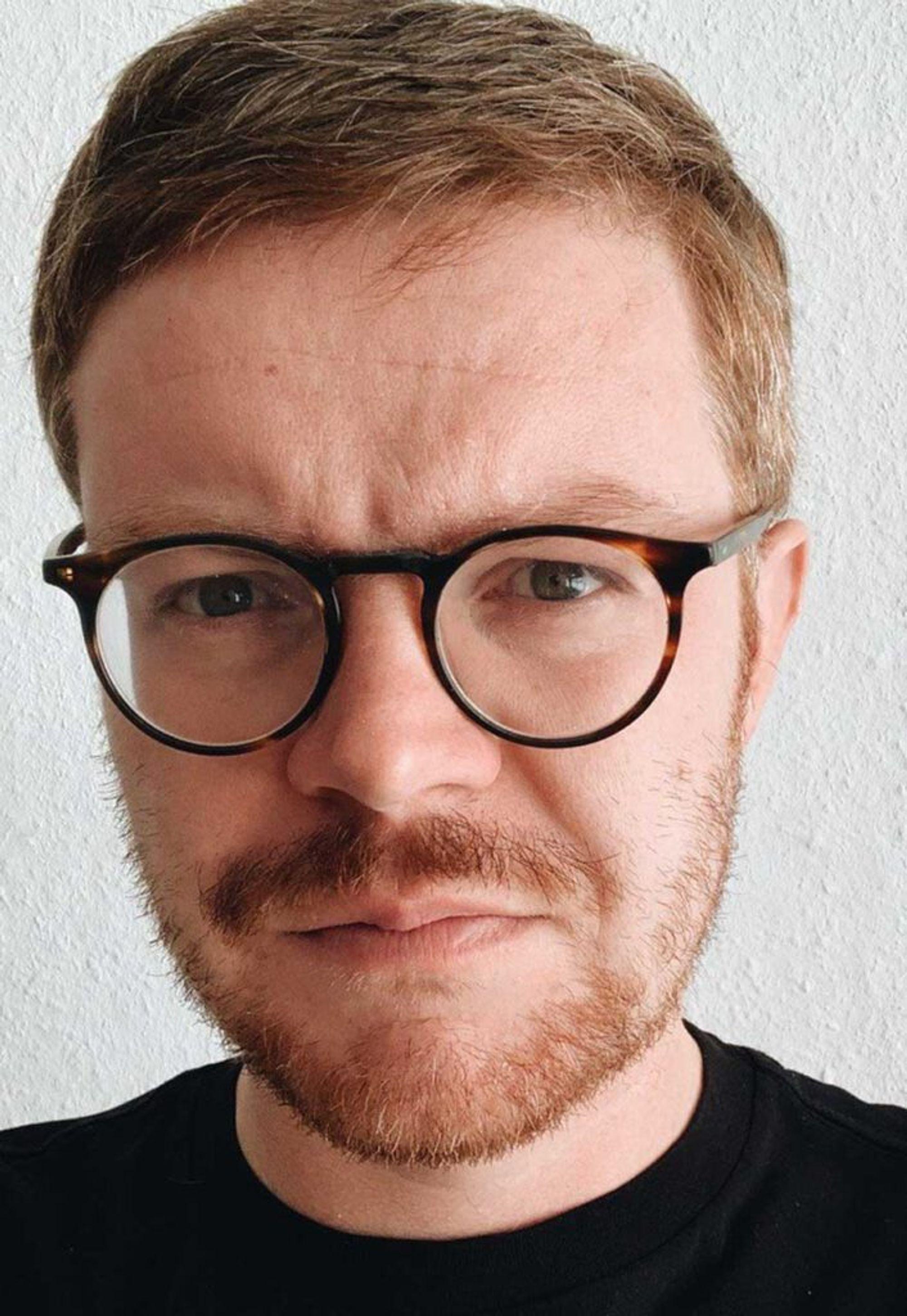
Robin Hinsch
Photo: (c)
Lewis Bush
Lewis Bush is a researcher who visualises powerful agents, practices and technologies, and the links that connect them. To do this he employs a range of research strategies, and work across media and platforms, using photography, text, video, data visualisation, exhibitions, books, films, and apps. Past projects have scrutinised fields and issues ranging from multi-national property development to international espionage, and from offshore financial practices to the politics of computer vision technologies.
Photo: (c)

Anna Ehrenstein
Anna Ehrenstein lives between Berlin, Tirana, and the cloud and works in various mediums in artistic or curatorial production, examining how technology and digital-material culture reshape power relations. She investigates varying forms of knowledge and their constructions through south-south collaborations and redistribution of global north resources. Photography, Text, Video, Installation, Performance and Sculpture are created through working in community and throughout process-based artistic and curatorial research and mediation. She studied photography and media art in Germany and attended curatorial courses in Valetta, ML and Lagos, NG. In 2022 she received the INITIAL scholarship for artistic mediation with her work Tools for Conviviality, in 2021 the research scholarship of the Senate Department for Culture and Europe, Berlin and in 2020 the C/O Berlin Talent Award 2020 for „New Documentary Strategies.“
Photo: (c)
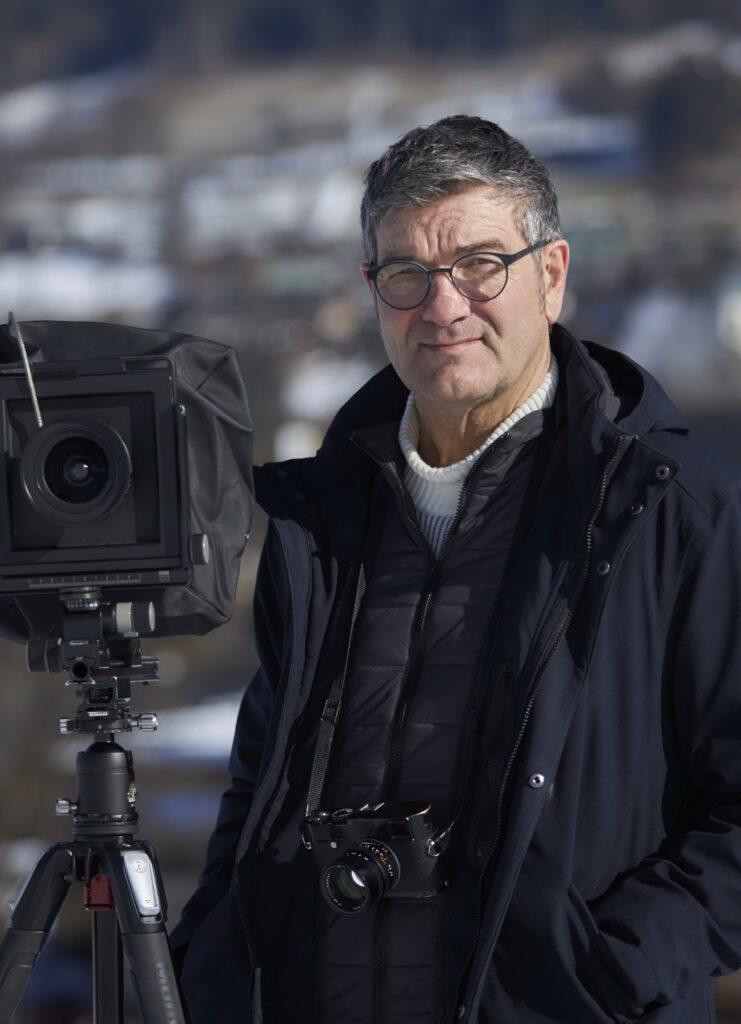
Lois Hechenblaikner
Lois Hechenblaikner, born in 1958, grew up and lives in the Tyrolean Alpbachtal. Since the 1990s, in his photographic, cinematic, and sculptural work, he has been dealing with the front and back stages of alpine mass tourism by translating it into documentary and artistic projects. Dr. Tobia Bezzola, director of the Museo d’arte della Svizzera italiana in Lugano wrote about Lois Hechenblaikner: „The intimate knowledge of his subject, the great perseverance and patience with which he follows how event culture and mass tourism have disfigured the land of mountain farmers, make him the most expressive documentarist of today’s alpine reality. Sarcasm, melancholy, resignation, protest, and polemic blend in his work to create a striking panorama of Tyrolean reality.“ In 2013 Lois Hechenblaikner was ranked among the most important photographers of the 21st century by the photographic society Positive View Foundation in London.
Photo: (c)
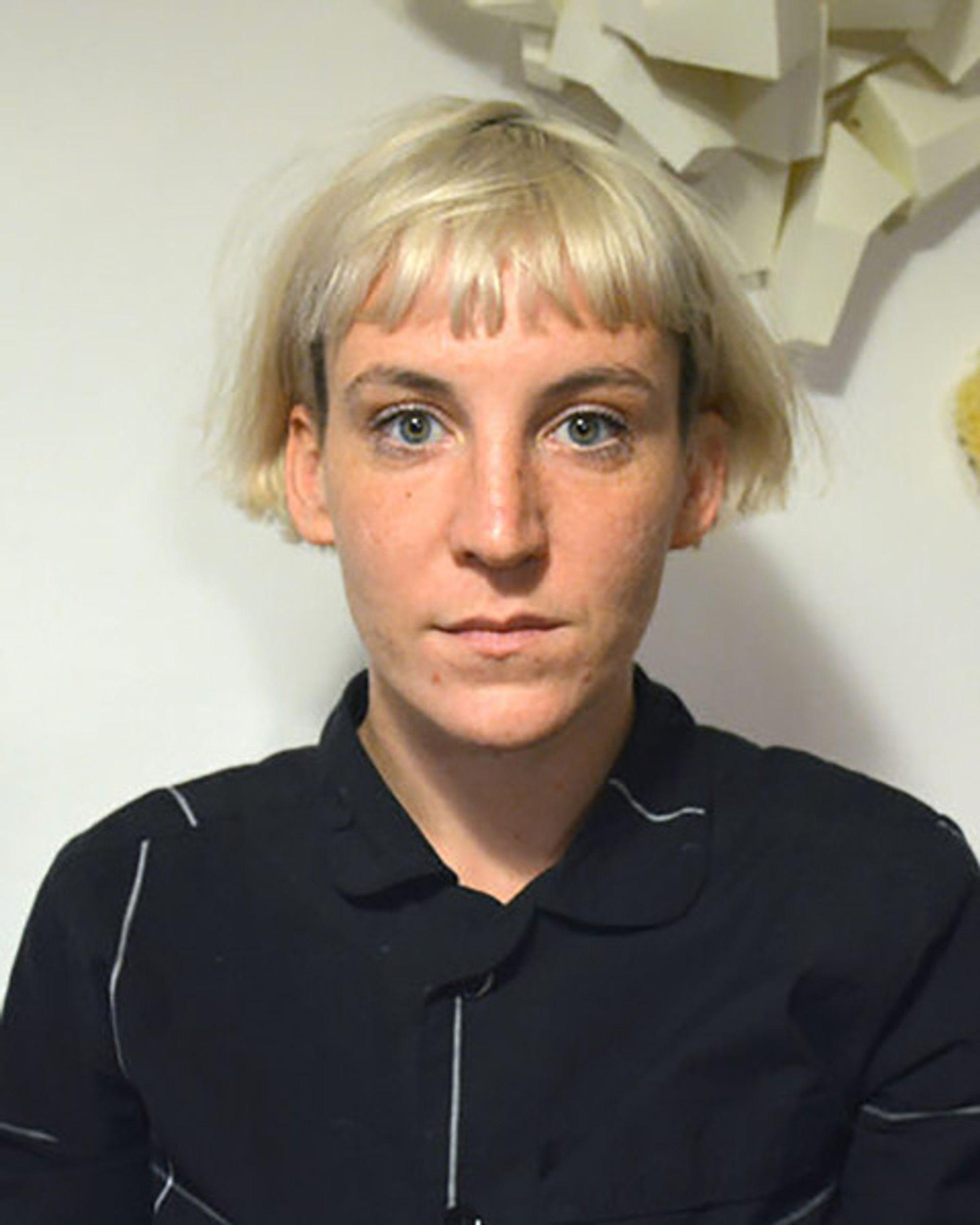
Sophia Guggenberger
Sophia Guggenberger studied fashion, shoe and product design in Vienna, London, and Berlin. She worked as a designer for the shoe company Camper in Spain, since 2015 she has been working as an independent designer and has received a number of grants, including from the Akademie Schloss Solitude and the Austrian Ministry of Culture. Her work focuses on sustainability and the development of multi-perspective solutions for the conception and manufacturing of products with a holistic approach to social, technical, and material aspects. The aim is to develop ecological and economic models that create sustainable perspectives for a fast moving world. From 2015 to 2018 Eugenia and Sophia collaborated on the research project AnOtherShoe and in 2021 on the project Syntropia in the frame of Refream, a S+T+arts programme funded by Horizon 2020/European Comission.
Photo: (c)
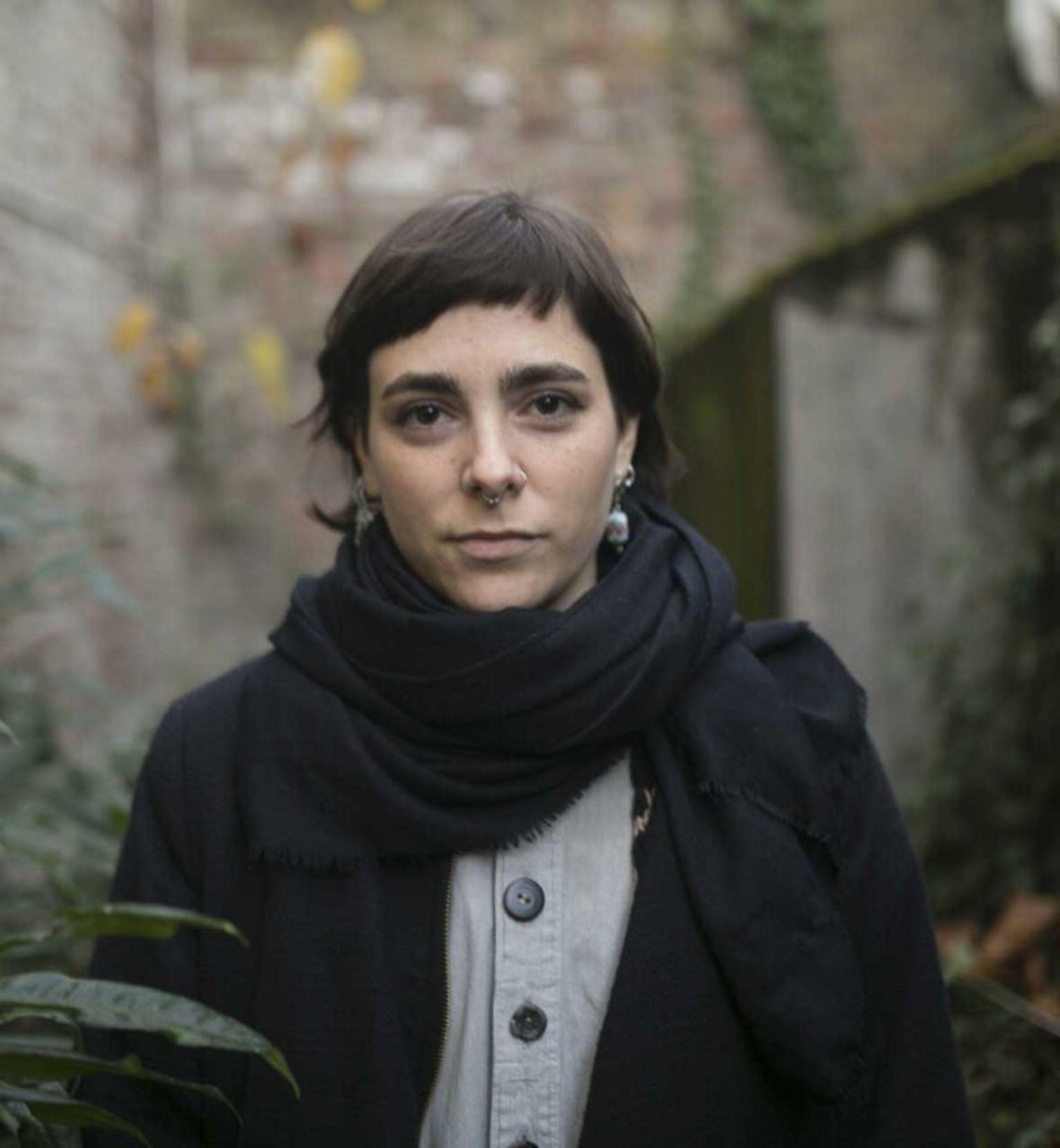
Clara Kulemeyer
Clara Kulemeyer is an Argentine designer and artist. She studied fashion design at the University of Buenos Aires, Argentina, and is currently completing postgraduate studies at the Academy of Media Arts Cologne. Her artistic work is audiovisual-installative and uses photography as a starting point. She creates hybrid scenes by combining different media and searches for new forms of narrating in order to reflect currently experienced, everyday dissonances. The process of digital alienation and deconstruction of her photographs is an inherent part of these narratives. Her work has been exhibited at KunstWerk in Cologne, Aurora Cultural Center in Mendoza, Argentina, Cluj, Romania, and the Goethe Institute in Paris, among others. She lives and works in Cologne.
Photo: (c)
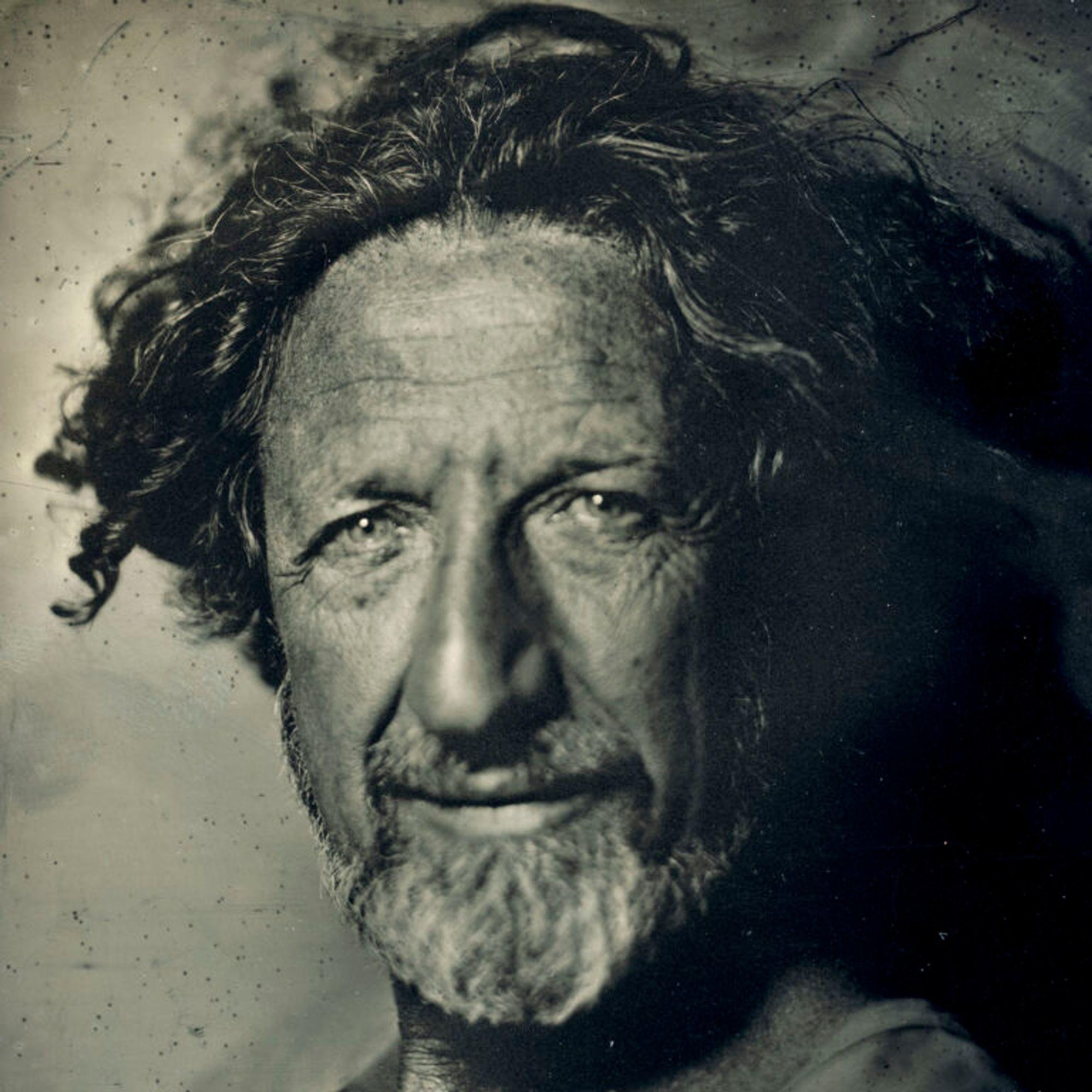
Gideon Mendel
Born in Johannesburg in 1959, Gideon Mendel began his career as a news and ‘struggle’ photographer documenting the final years of apartheid in South Africa. In 1991 he moved to London, and continued to respond to global concerns, especially HIV/AIDS. Since 2007, using stills and video, Mendel has been developing a variety of narrative threads in response to our global climate emergency. For many years his main focus was Drowning World, an art and advocacy project about flooding. This work has been published in e.g. National Geographic, Geo and the Guardian Magazine and used in many climate protests, while increasingly seen in a variety of gallery and museum contexts. More recently Mendel has extended his work about climate change to incorporate the element of fire with the Burning World project. Shortlisted for the Prix Pictet in 2015 and 2019, he has also received the Eugene Smith Award for Humanistic Photography, the Amnesty International Media Award, and six World Press awards.
Photo: (c)
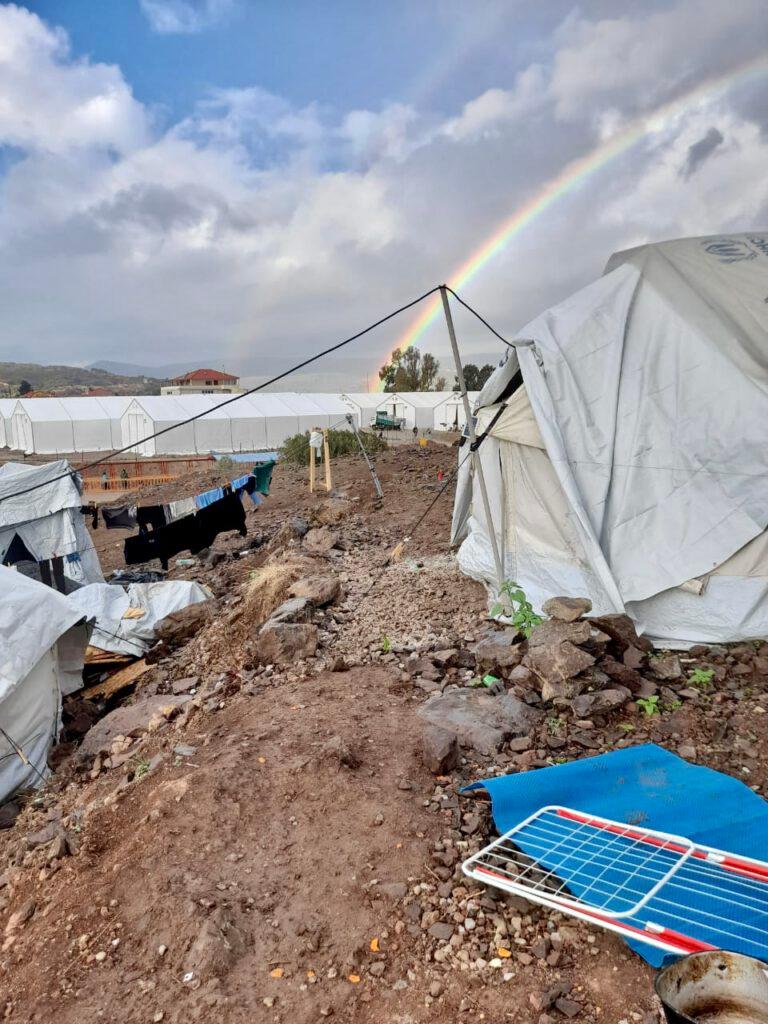
Now You See Me Moria
Now You See Me Moria consists of Noemí, a Spanish photo editor living in the Netherlands, photographers Amir, Ali and Mostafa from Afghanistan, Qutaeba from Syria, graphic designers such as Raoul Gottschling, street artists, political science students and a growing number of others. To ensure their safety, last names of the photographers and those closely involved are not given. All those involved in this project cooperate on a voluntary basis. It is an internationally growing (citizen) movement – to which more and more civil society organizations are joining to bring the inhuman conditions in Moria refugee camp to light and put it on the political agenda. With the aim of realizing an immediate evacuation of the camps and a change in the European migration policy.
Photo: (c)
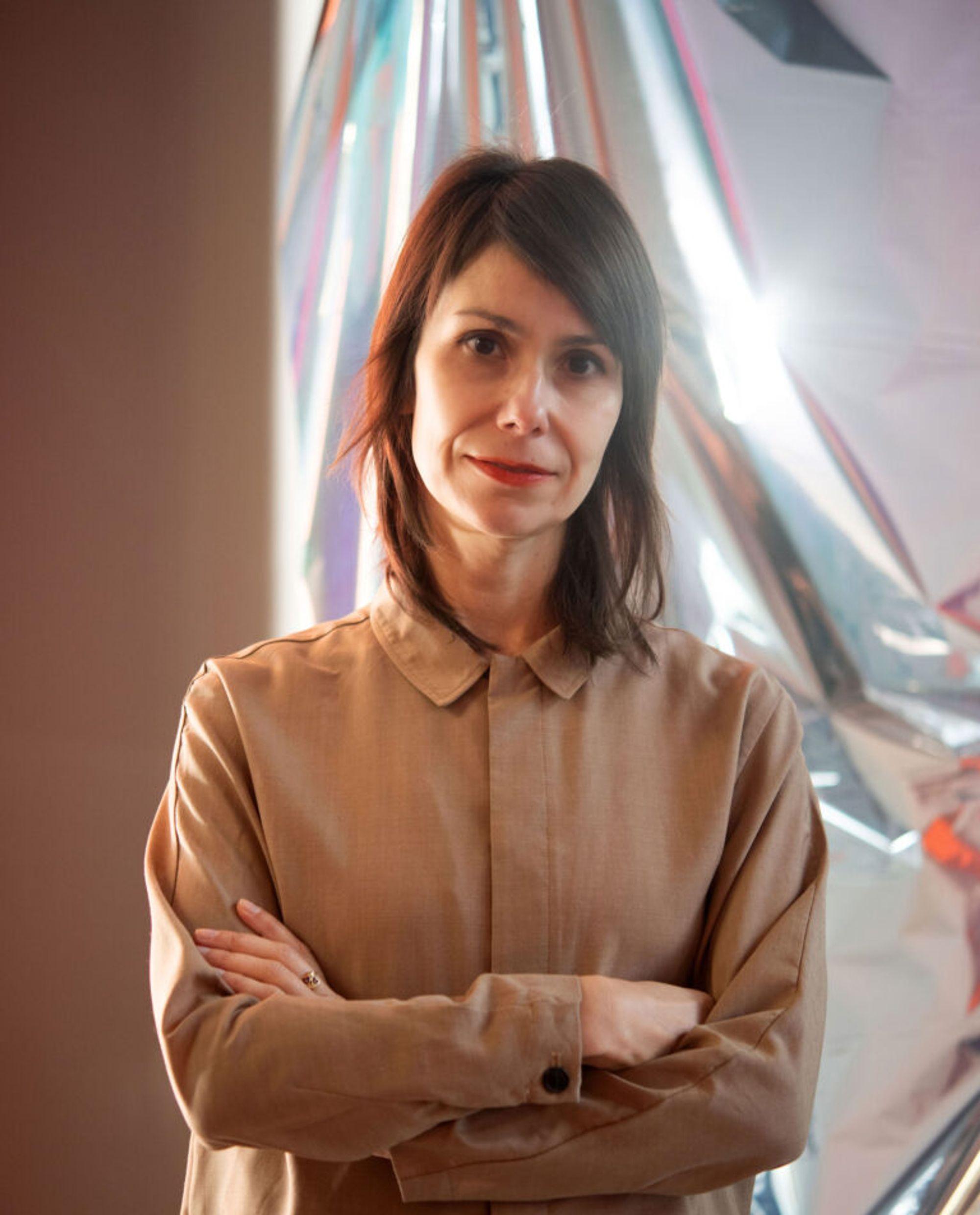
Lyoudmila Milanova
Lyoudmila Milanova, born in 1979 in Varna, Bulgaria, first studied theater, film, and television at the University of Cologne and then art at the Academy of Media Arts Cologne. Lyoudmila Milanova is concerned with natural phenomena and their manipulation through technology. She often works with ephemeral materials such as fog, clouds, light, or the physical laws of objects, juxtaposing them with man-made constructions. Her work includes video installations, kinetic objects, and photography. Some of her recent exhibitions are: „Wolken, Von Gerhard Richter bis zur Cloud“, Museum Sinclair-House, Bad Hornburg, 2023, „Welt in der Schwebe“, Kunstmuseum Bonn, 2022; „How To Disappear“, Goethe Institute Sofia, „Inszenierung des Zeigens“, Kunsthaus NRW, Kornelimünster, 2021. She lives and works in Cologne.
Photo: (c)
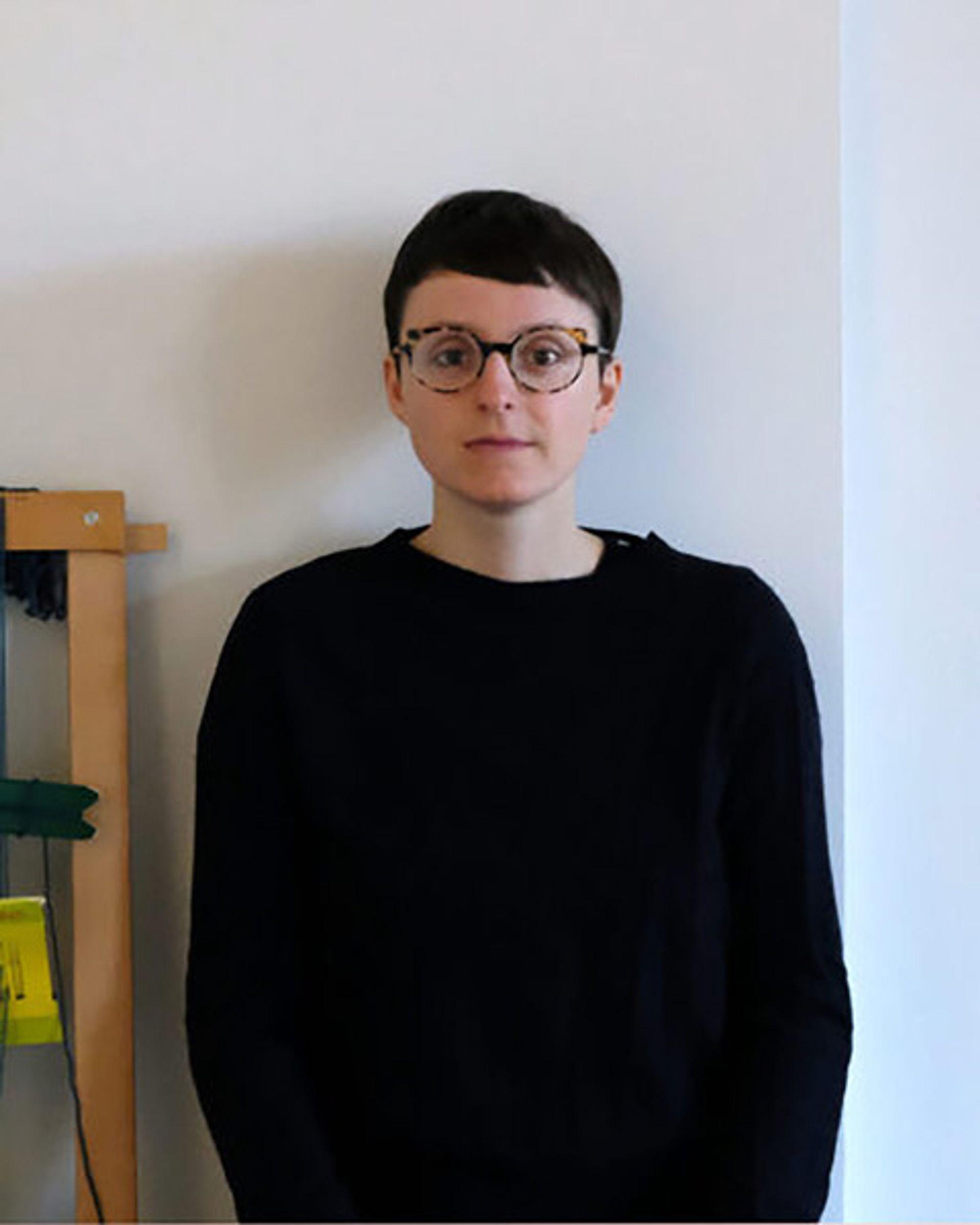
Eugenia Morpurgo
Eugenia Morpurgo is an Italian designer researching on the impact that production processes have on society, investigating and prototyping alternative scenarios and products. She has been a course lecturer at the Free University of Bozen in Bolzano, Italy, École nationale supérieure des Arts Décoratifs in Paris and Nuova Accademia delle Belle Arti in Milan. Her work has been exhibited at the MAXXI National Museum of the 21st Century Arts in Rome, the Triennale Museum in Milan and Total Museum of contemporary Art in Seoul amongst others. She has been Italian Fellow at the American Academy in Rome, Spatial practice fellow at the Akademie Schloss Solitude and Head Mentor at dieDAS Design Akademie Saaleck. From 2015 to 2018 Eugenia and Sophia collaborated on the research project AnOtherShoe and in 2021 on the project Syntropia in the frame of Refream, a S+T+arts programme funded by Horizon 2020/European Comission.
Photo: (c)
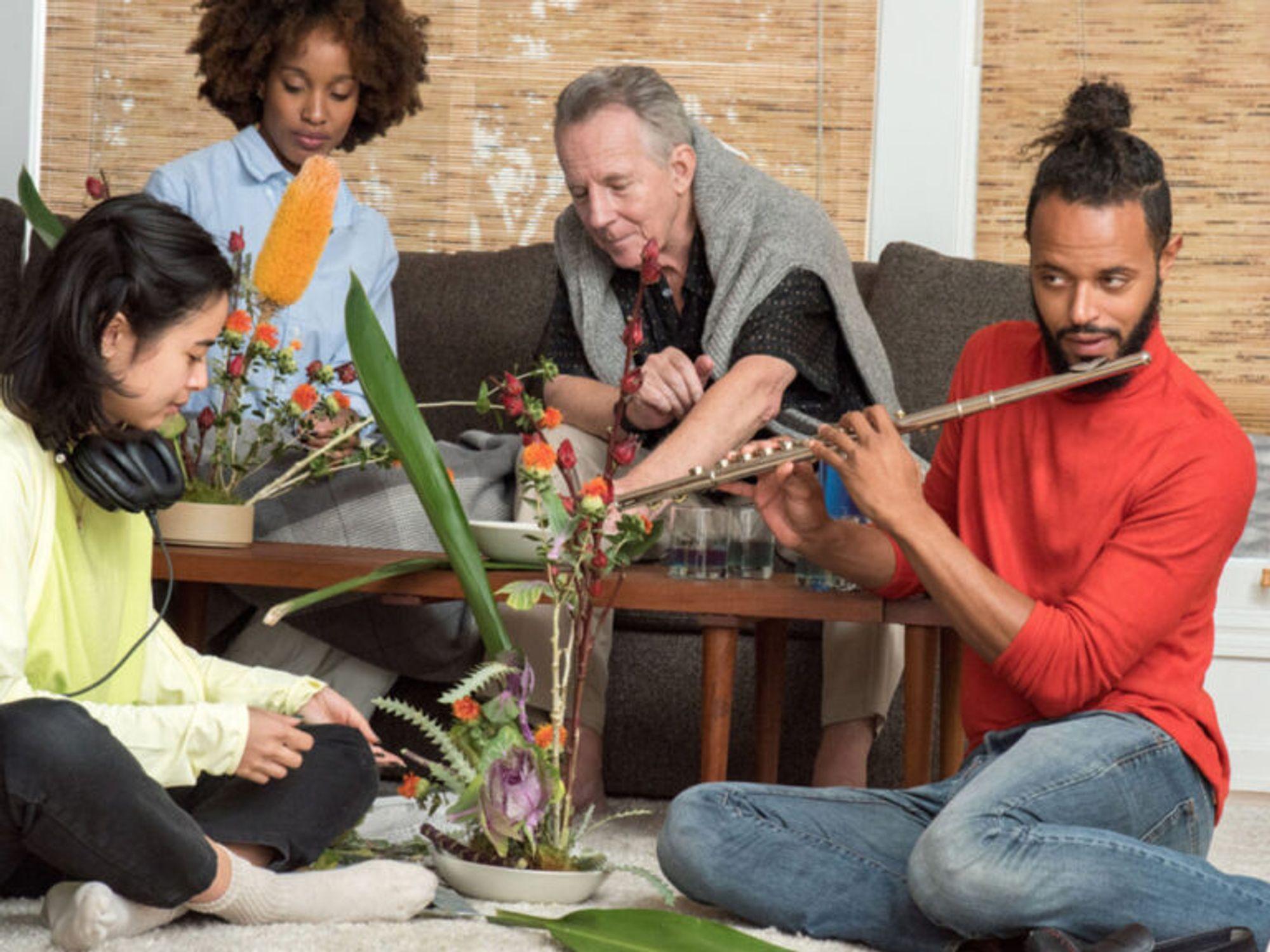
Nonfood
Nonfood is an algae-based food company addressing sustainability in the human food chain. Its first product, the nonbar is the first algae based protein bar. Their new product, nongredient is a yellow colored chlorella powder, meant for use in home cooking. Nonfood has participated in exhibitions at Sculpture Center, New York, Current LA Public Art Triennial, Los Angeles, Okayama Art Summit, Okayama and more. Nonfood was founded by Lucy Chinen, Sean Raspet, and Dennis Oliver Schroer.
Photo: (c)
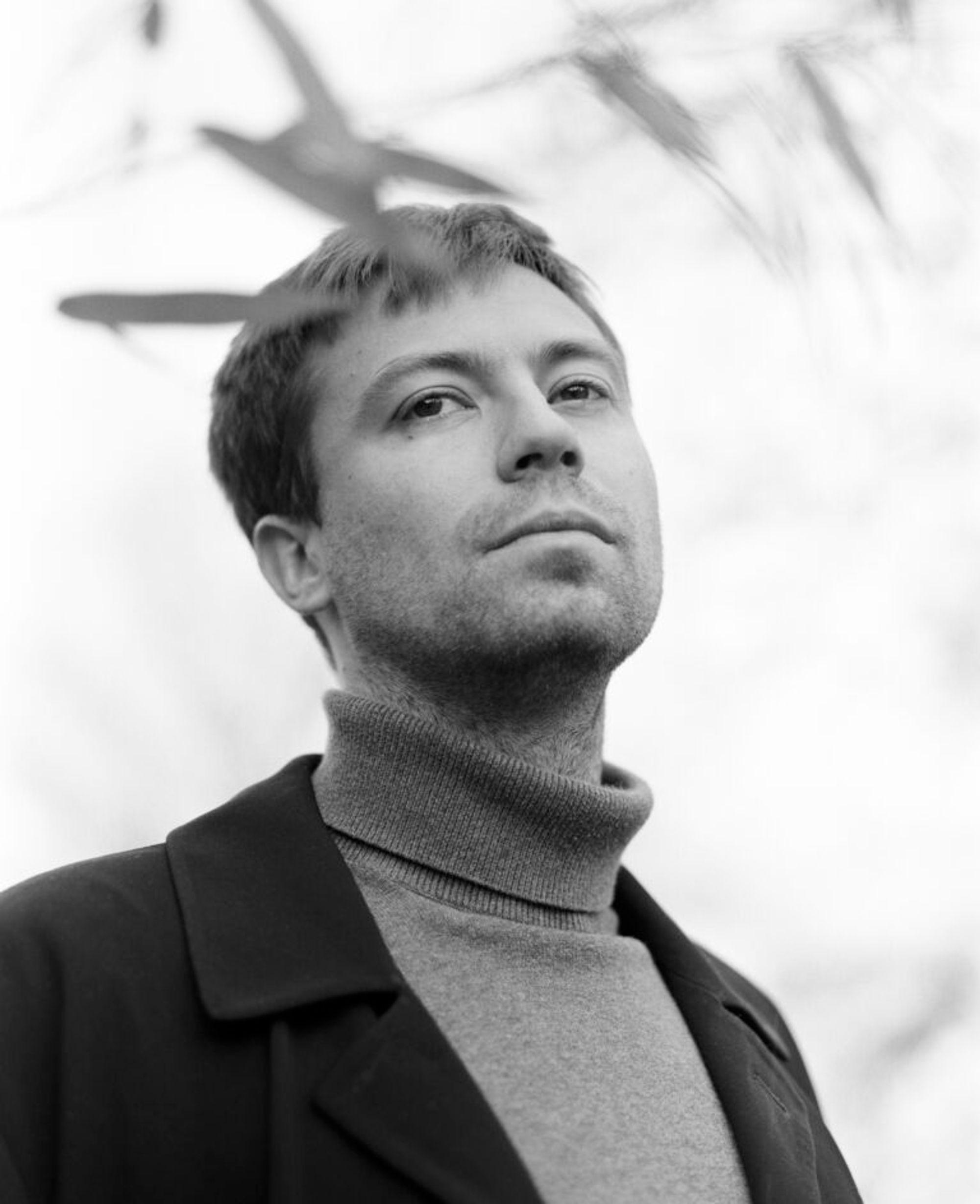
Max Ernst Stockburger
Max Ernst Stockburger(*1988) is a German documentary photographer working at the intersection of traditional and post-documentary photography. By utilizing computational operations to collect, classify, and generate images he challenges common narratives and explores the structures of power represented in and through images. Growing up next to a U.S. Army Garrison in the aftermath of 9/11 and the wars in Afghanistan and Iraq have deeply shaped his work. With reference to Baudrillard‘s understanding of „America as the original version of modernity“ Stockburger uses the U.S. as a proxy to visualize the underlying structure of our modern-day world. Stockburger graduated in Documentary Photography (B.A.) at the University of Applied Science Hannover and studied Fine Arts at Hiroshima City University. After finishing his Master‘s (M.A.) in Visual Media and Photography at the University of Applied Sciences Bielefeld he was awarded the 2020 MEXT Scholarship to pursue his Predoc at the Tokyo University of the Arts.
Photo: (c)



